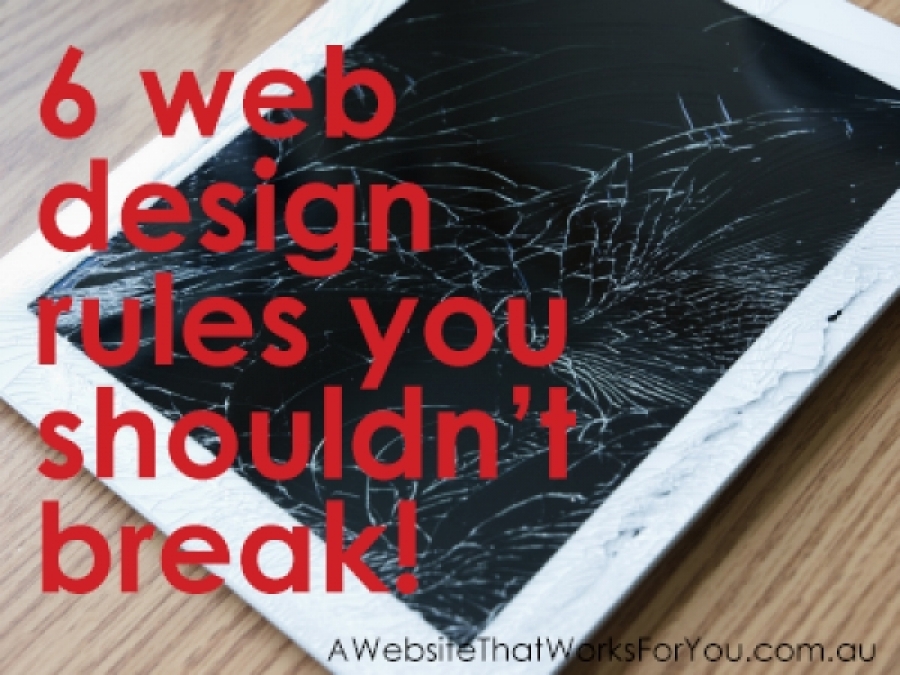Regardless of how you go about getting a website, be it through a professional web design service, or using the countless of ready-made options out there, you still have to know basic web design rules that you need to apply on your site. These rules guarantee that your website works in terms of audience appeal, client conversion and search engine optimisation.
1. The colour palate for your web design
The first thing to consider is your colour palate. Here, the magic number is three. Using three colours for your colour scheme is the tried-and-tested combination for catching your audience’s visual fancy. One colour is too boring; using two colours is neither here or there. Three colours – the right three colours – work. If you are working with a web designer, it’s a good idea to give them samples of colours that you’d like on your website. From here, they can mathematically choose a combination of colours that look good together.
2. Choosing typefaces
Another design limitation that’s in your hands has to do with the typefaces that you use. Typefaces refer to the weight and style of your font. Examples here include bold, italic, and bold italic. So, the second rule is to limit your typefaces to just two. This way, you establish a definitive look for your website, and you can successfully lead your audience’s eyes to what you want to emphasise the most.
Keep in mind that one of the most important things to consider when designing your website is getting your message across. Your colour and typeface choices matter here, as well as how you prioritise your site’s content.
3. Prioritise your content in the design
The third rule is to prioritise your content and where you place this on your site. When you prioritise your content, you are leading your audience’s eyes to where you want them to focus.
For instance, let’s say you have an information site and you want your audience to sign up for your newsletter. On top of your website content list is your logo and main navigation bar. Right below this – and still visible with any monitor size – is the title and intro content of your latest article. Right next to it, include a Newsletter Sign Up form, with your business contact information (location, email address and customer support number). Put archived content and other details below these. The priority is for your audience to immediately see what you offer and for them to sign up right away.
4. No intricate navigation structures - keep it natural...
Speaking of navigation bars, rule number four is to limit your top level navigation to just 5 to 6 items. This should include the indispensables: Home, About the Company, Products, and Contact Us. Of course, you should still include links to your secondary pages. Organize the rest as sub level navigation or footer links.
5.Make sure your content is relevant and important headlines are above the fold!
And finally, as you put all these things together to make the perfect website, always remember that content is king! Put useful information on your site, not trash content. Content is important if you want your site to rank in the search engines, yes. But, more importantly, this should be good useful content, not useless junk that will only turn off your audience and get you penalised by the search engines.
6.Seek professional assistance, yes you customers can tell if you designed your site in M.S. Paint...
See, there’s a lot of things to keep in mind when it comes to website design. When in doubt, it is always a good idea to just leave the design and content development to professionals. Expertise and experience come in handy when designing the best website for your company.
Download the full 9 point checklist in our website advice pack by subscribing to our newsletter...













